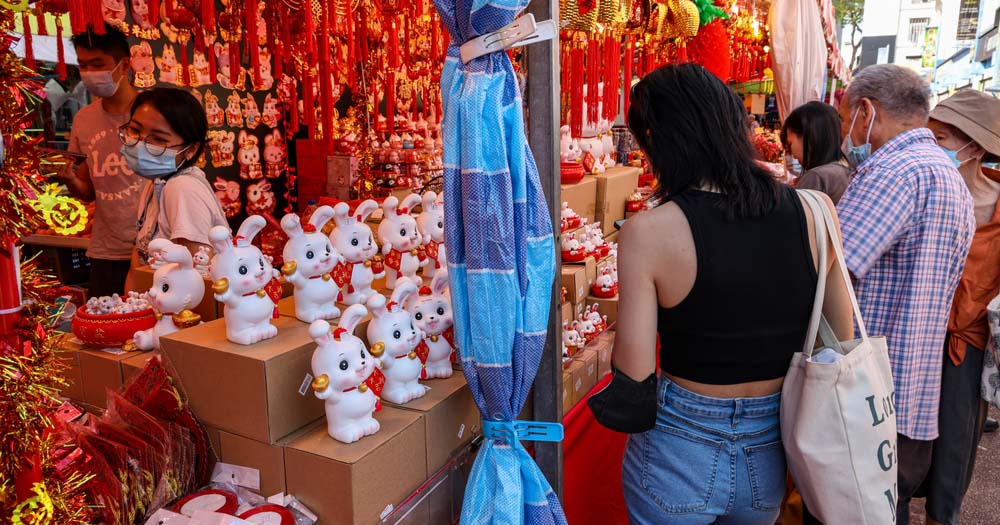China reopened its international border on Sunday after almost three years, ending some of the world’s strictest pandemic restrictions with inbound travellers now no longer required to quarantine on arrival.
The first flights under China’s new COVID-19 management for international travellers arrived at airports in Guangdong province on 8 January, according to the national customs authority.
More than 380 passengers were aboard two flights: CZ312 from Toronto to Guangzhou and ZH9024 from Singapore to Shenzhen.
On the same day, Beijing Capital International Airport’s Terminal 3-E reopened for international arrivals. The airport’s Terminal 2 international arrival services have also resumed.
The country reopened on Sunday, a fortnight before Lunar New Year on 22 January will see massive numbers travel to China to be with family and friends.
The traditional annual migration for China’s Lunar New Year festivities has not occurred since the country closed in 2020.
The government also eased the international airline passenger numbers cap although there are currently no daily services in and out of mainland China, meaning high fares and lack of seat capacity will continue.
The Age reported that Australians have shelled out as much as AUD$6,000 for a single, economy ticket to visit China for the Year of the Rabbit.
China’s Transport Ministry expects more than two billion passengers will travel domestically within the country over the next 40 days.
Following the new stage of China’s COVID-19 control, the country is also resuming passenger entry and exit at sea and land ports with domestic and international tourism expected to increase as the Spring Festival holiday approaches.
BBC News reported that 400,000 people are expected to travel from Hong Kong into mainland China in the coming weeks with long queues for flights into cities such as Beijing and Xiamen.
The economic and tourism hub wound back its final entry restrictions for overseas travellers on 29 December.
However, international visitors still need a recognised vaccination record and must return a negative RAT within 24 hours or a PCR test within 48 hours of flight departure to Hong Kong.
The relaxation of China’s zero-COVID policy has seen a spike in cases. This has led some countries, including Australia, to introduce mandatory tests for travellers from China.
International travellers entering China will still have to complete PCR testing 48 hours before departure.
For the latest travel advice to China, visit smartraveller.com.au






